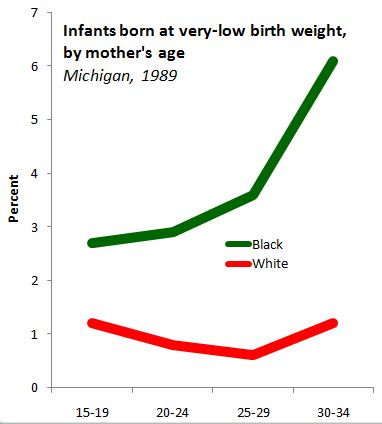The color of one’s nipples varies according to the color of one’s skin. Lighter-skinned people tend to have lighter nipples, while darker-skinned people tend to have darker nipples. To add to the many racist products and procedures designed to make the bodies of darker-skinned people more like the bodies of lighter-skinned people — eyelid surgery, eyelid gluing, Asian rhinoplasty, hair straightening, and skin lightening — Theresa W. sent in a product designed to make the nipples more “pink.” These products, featured at The Faster Times, seem to be mostly aimed at the Asian market, many of whom are already quite light-skinned. Below is a selection of the many products one can find.
Bioglo Cherry Pink Lip Nipple Cream:
The rest are after the jump because the packaging shows images of breasts.












